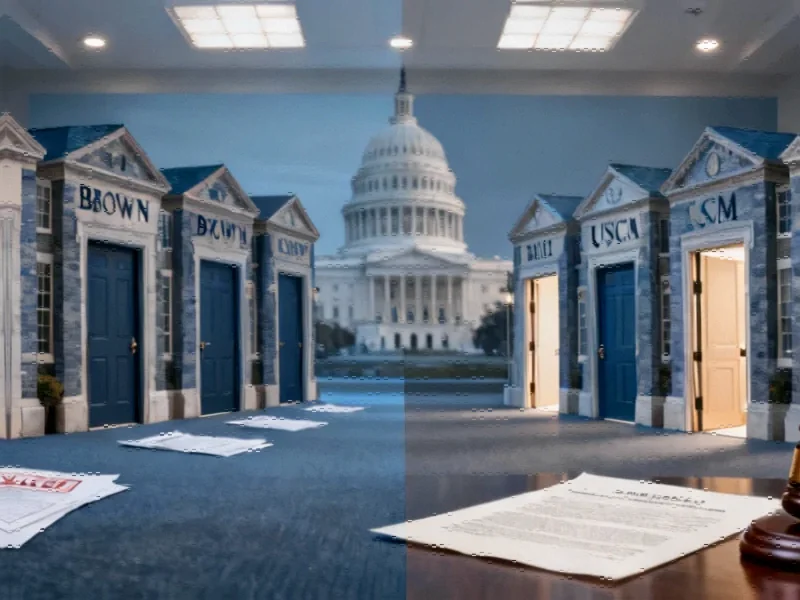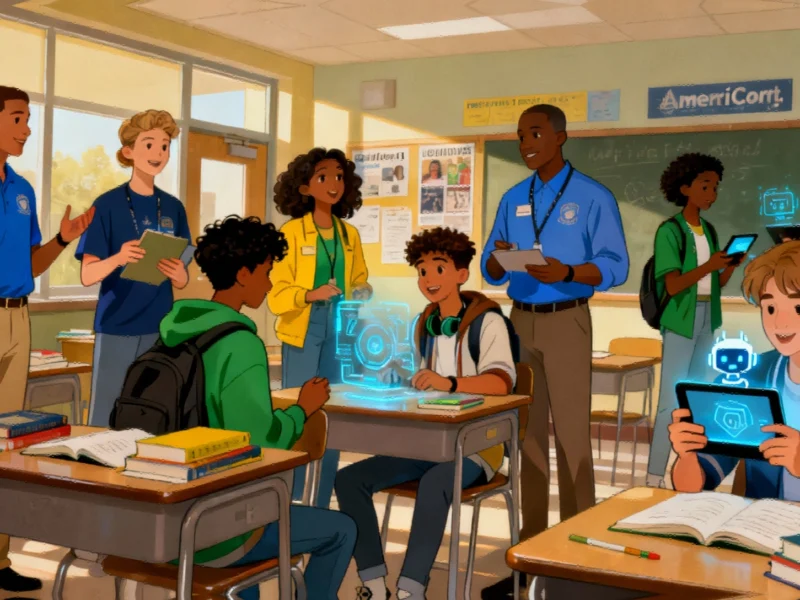Nationwide Push for Teacher Compensation
School districts across the United States are implementing substantial teacher pay increases despite ongoing budget constraints, according to recent reports. Sources indicate that districts from Fairfax County to Baltimore and Chicago have approved compensation packages that include significant raises and enhanced benefits, even as many face uncertain revenue streams and mounting fiscal pressure.
Philadelphia’s Borrowing Strategy
In Philadelphia, analysts suggest the district’s approach exemplifies the national trend. After weeks of brinkmanship in negotiations, the teachers’ union ratified a three-year contract featuring annual 3 percent raises, a $1,400 bonus, and five weeks of paid parental leave. However, the report states the district voted to borrow up to $1.55 billion to cover operations and the new contract while awaiting approximately $465 million in expected state payments.
“Over 53% of our funding comes from the state budget,” the district CFO explained, according to sources familiar with the negotiations. The borrowing move will reportedly cost the district roughly $29.3 million in interest, prompting board members to warn that every dollar spent on financing is a dollar not spent directly in classrooms.
Regional Approaches to Compensation Challenges
In Fairfax County, officials adopted a tight FY2026 government budget that nonetheless includes historic pay gains—a 6 percent boost for many employees—alongside cuts and staffing adjustments to close a roughly $121 million gap. “These are difficult choices,” Superintendent Michelle Reid stated bluntly, with the county framing the budget as an exercise in balancing raises with programmatic trade-offs.
Baltimore County reached a tentative compromise after tense public demonstrations, featuring a modest immediate cost-of-living adjustment followed by a larger, phased increase in January. The union president reportedly called the result “disappointing” but urged continued advocacy given tightening funding realities.
Meanwhile, Chicago’s 2025 contract represents what analysts suggest is an ambitious civic commitment: thousands more staff, class-size limits, restored libraries, and multi-year raises, even as the district wrestled with a budget shortfall measured in the hundreds of millions. Local leaders framed their deal as both moral and practical, arguing that investing in adults enables better teaching and strengthens the entire system.
Broader Implications and Industry Context
The pressure on school funding manifests differently across districts, but the common thread remains the challenge of sustaining compensation improvements. According to reports, some districts have had to renegotiate terms, while others have opted to borrow, creating what sources describe as a “tangle of local bargaining wins layered atop fragile revenue forecasts.”
This educational funding challenge comes amid broader industry developments and market trends affecting public sector financing. The situation in Philadelphia and other urban districts highlights the complex balance between immediate compensation needs and long-term fiscal sustainability.
Technological and Scientific Parallels
While school districts navigate these financial challenges, other sectors are experiencing their own transformations. Recent technology advancements and scientific discoveries continue to shape various industries. Additionally, related innovations in energy and gaming technology demonstrate how different sectors approach resource allocation and strategic investment.
The Human Dimension
What threads these education stories together, according to observers, is something fundamentally human. As one veteran Philadelphia teacher noted, the profession remains resilient, but that resilience cannot substitute for fair, predictable compensation. Teachers reportedly continue spending hundreds of dollars annually on classroom supplies, with many juggling second jobs to make ends meet despite the recent compensation improvements.
Political Consensus Emerging
Analysts suggest the political geography of these settlements represents a significant shift. Red and blue leaders alike have reportedly voted for raises, and union victories have often been matched by sober, technocratic plans from superintendents and boards to keep schools open. This bipartisan approach, however slow and clumsy, indicates the conversation is shifting from whether teachers deserve more compensation to how communities will responsibly fund that commitment.
The report states that while the fiscal work remains challenging, the moral imperative is clear: supporting educators forms the basis of a thriving, purposeful future society. For now, cities and counties are proving they’ll address both compensation and sustainability concerns, however awkwardly and imperfectly, because the alternative appears to be a slow erosion of the schools that communities depend on.
This article aggregates information from publicly available sources. All trademarks and copyrights belong to their respective owners.
Note: Featured image is for illustrative purposes only and does not represent any specific product, service, or entity mentioned in this article.



